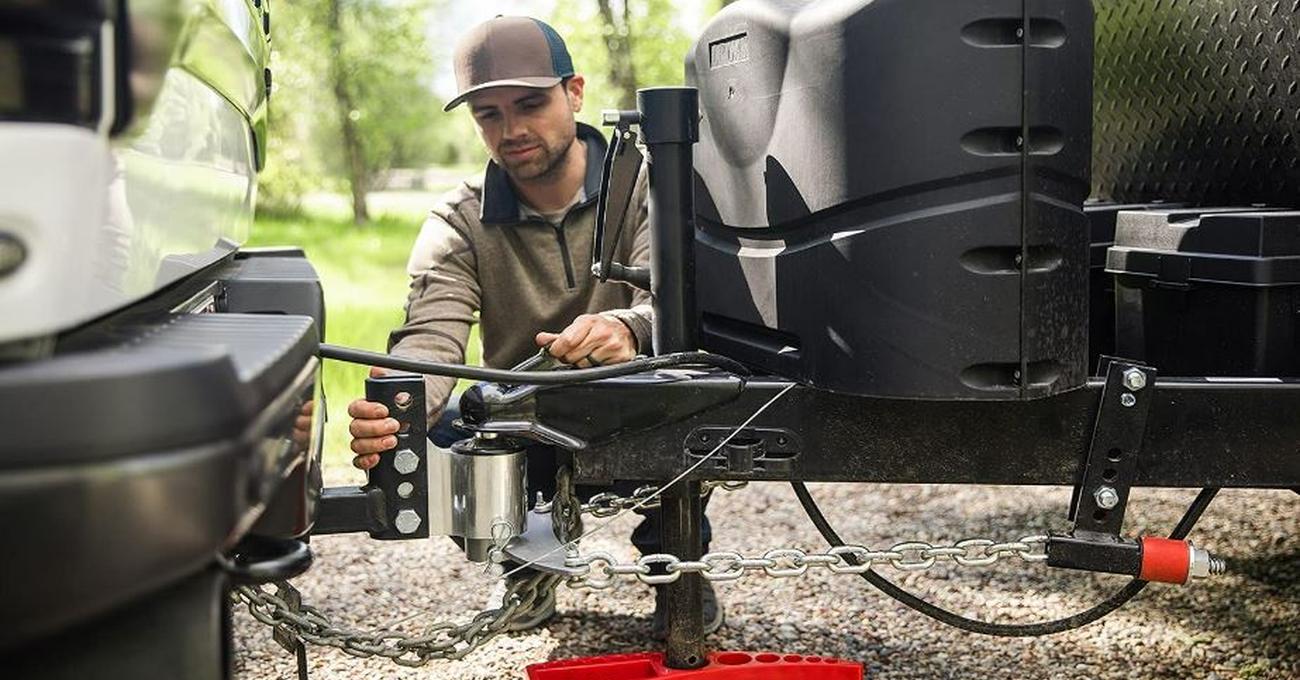When you’re towing a trailer with your vehicle, staying safe is important. There are two popular options to make towing safer and more stable: the Andersen Hitch and the Equalizer Hitch. These hitches might seem similar initially, but they work differently and can affect how well your trailer behaves on the road. Andersen Hitch and Equalizer Hitch ensure that they stay steady and secure while you’re driving.
The main difference between these hitches is how they handle the weight of your trailer. The Andersen Hitch uses a unique chain and ball system, whereas the Equalizer Hitch uses spring bars.
Here, we’ll check some differences and help you determine which hitch suits your towing needs best. Let’s find out the Andersen Hitch and the Equalizer Hitch so you can confidently hit the road while towing.
What is Andersen Hitch?
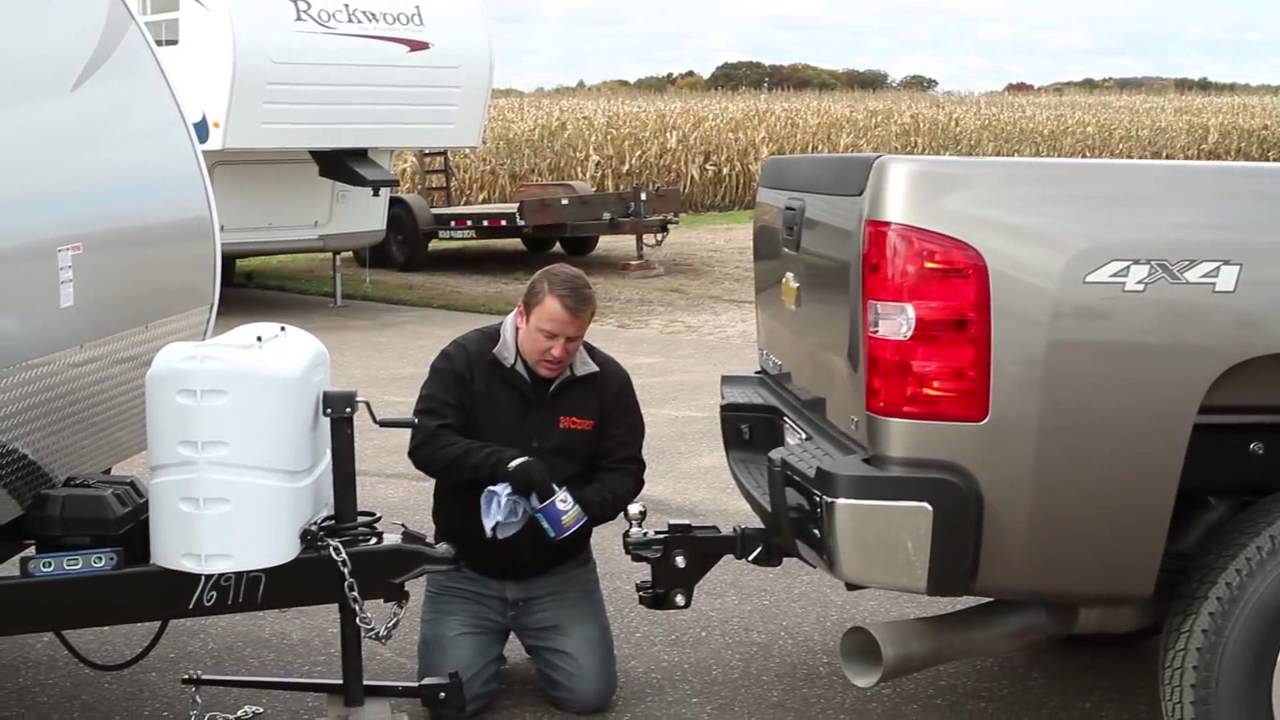
The Andersen Hitch is a special towing system designed to make towing heavy loads safer and more enjoyable. What makes it unique is how it spreads out the weight. Instead of using the usual spring bars and a heavy hitch head, the Andersen Hitch uses chains.
This hitch moves the weight of the trailer to the front wheels of the towing vehicle and the trailer’s wheels. This helps keep the ride balanced and steady. Some people think that Andersen hitch failure, but it’s not. It’s made from aluminum, which is much lighter than many other weight-distribution hitches.
What is an Equalizer Hitch?
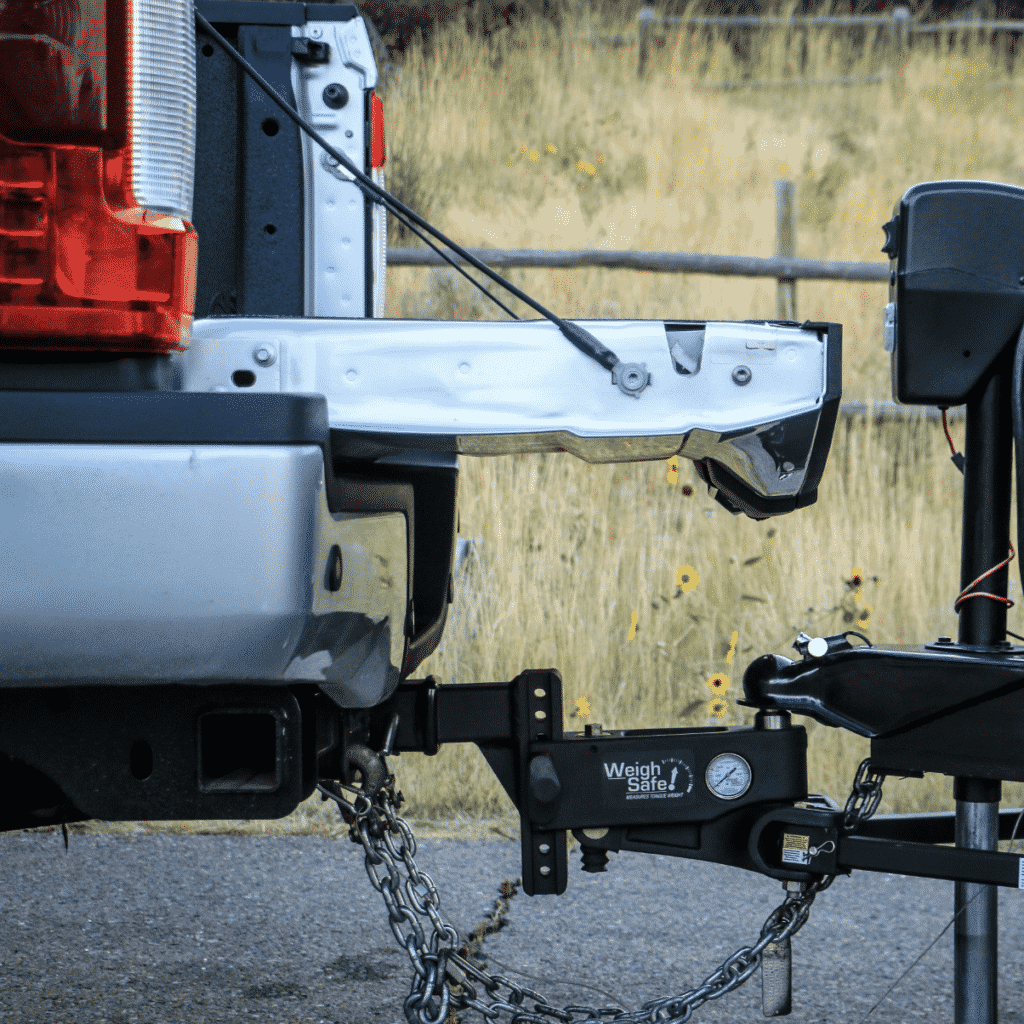
An Equalizer Hitch, also called a weight distribution hitch, is a popular choice for people who want to improve how their trailer tows. It works by spreading the trailer’s weight evenly between the front wheels of the towing vehicle and the trailer’s axles. This helps keep everything balanced and stops the back of the towing vehicle from falling.
What makes Equalizer Hitches special is that they can also prevent the trailer from swaying. Some models have built-in systems for this, while others can have sway control added on. This is useful when you’re towing in tough conditions like strong winds or when you’re passing big vehicles.
Installation of Both Hitch
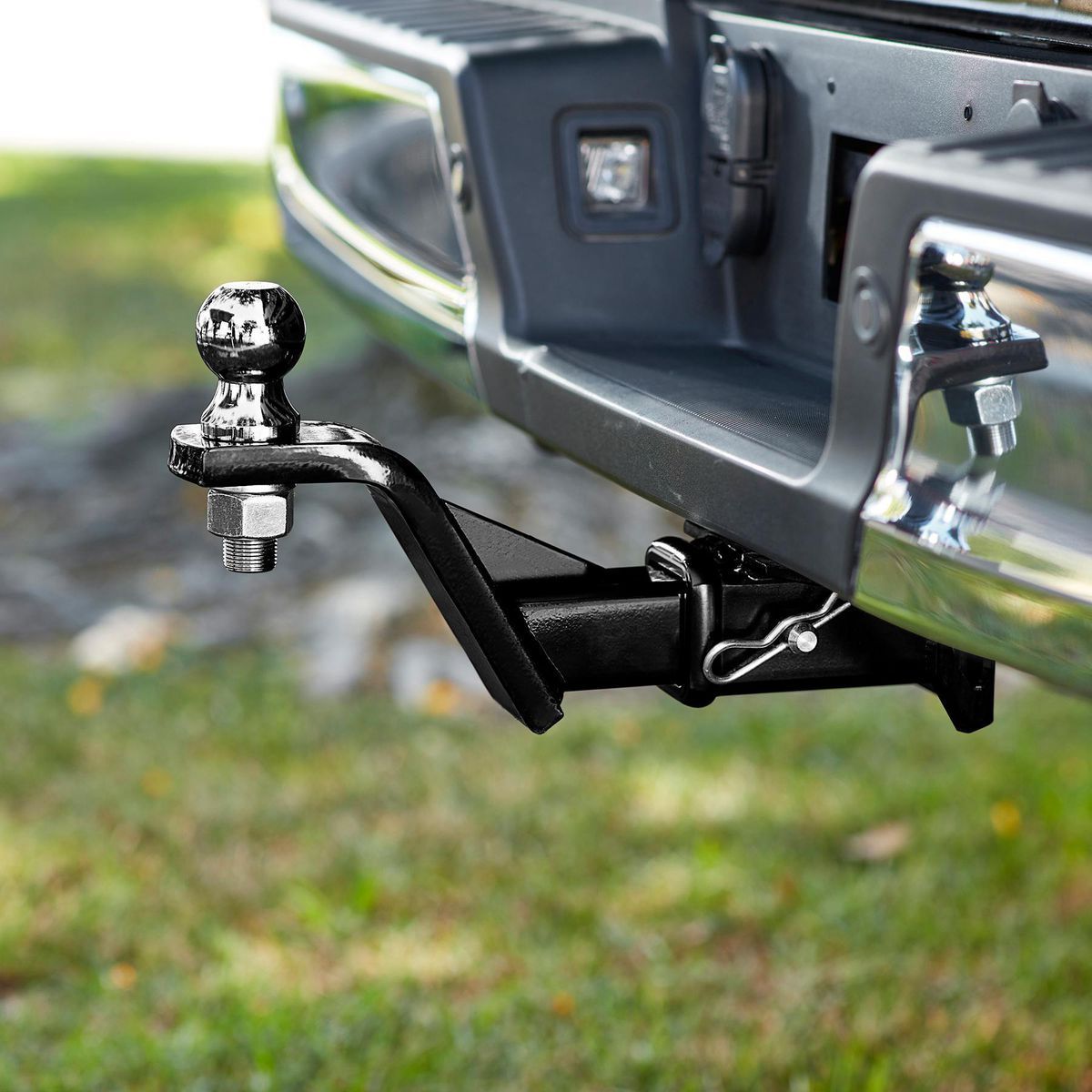
1. Andersen Hitch
The Andersen Hitch is famous for being easy to install and user-friendly. Many people who own trailers prefer it because it’s designed to be simple. To set it up, you attach the hitch ball to your tow vehicle’s receiver and connect the trailer to the hitch head. What makes it different is that it doesn’t require the usual chains or sway control bars, making the setup much simpler.
2. Equalizer Hitch
The Equalizer Hitch is a bit trickier to set up than the Andersen Hitch. To install it, you must attach bars to your trailer and connect them to the hitch on your towing vehicle. If you want to control swaying, you might need extra gadgets. It’s not complicated, but it can take longer, and you might need more tools.
Durability of Both Hitch
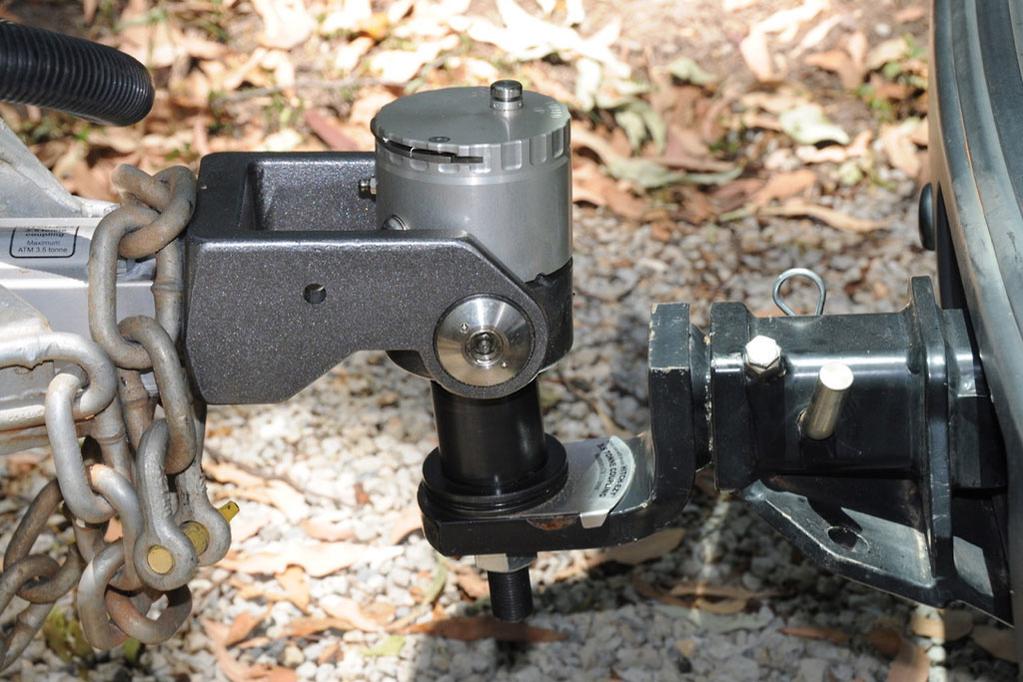
1. Andersen Hitch
The Andersen Hitch is famous for being tough. It’s made from strong stuff that can handle the tough job of towing without wearing out quickly. Plus, its smart design spreads the weight evenly, which means less strain on its parts and a longer life.
2. Equalizer Hitch
The Equalizer Hitch is tough and dependable. It’s crafted from hard materials like steel for its weight distribution bars and hitch heads. However, due to its complex pattern and extra parts, like bushings and brackets, it might need extra care and part replacements now and then to keep it working well for a long time.
Design of Both Hitch
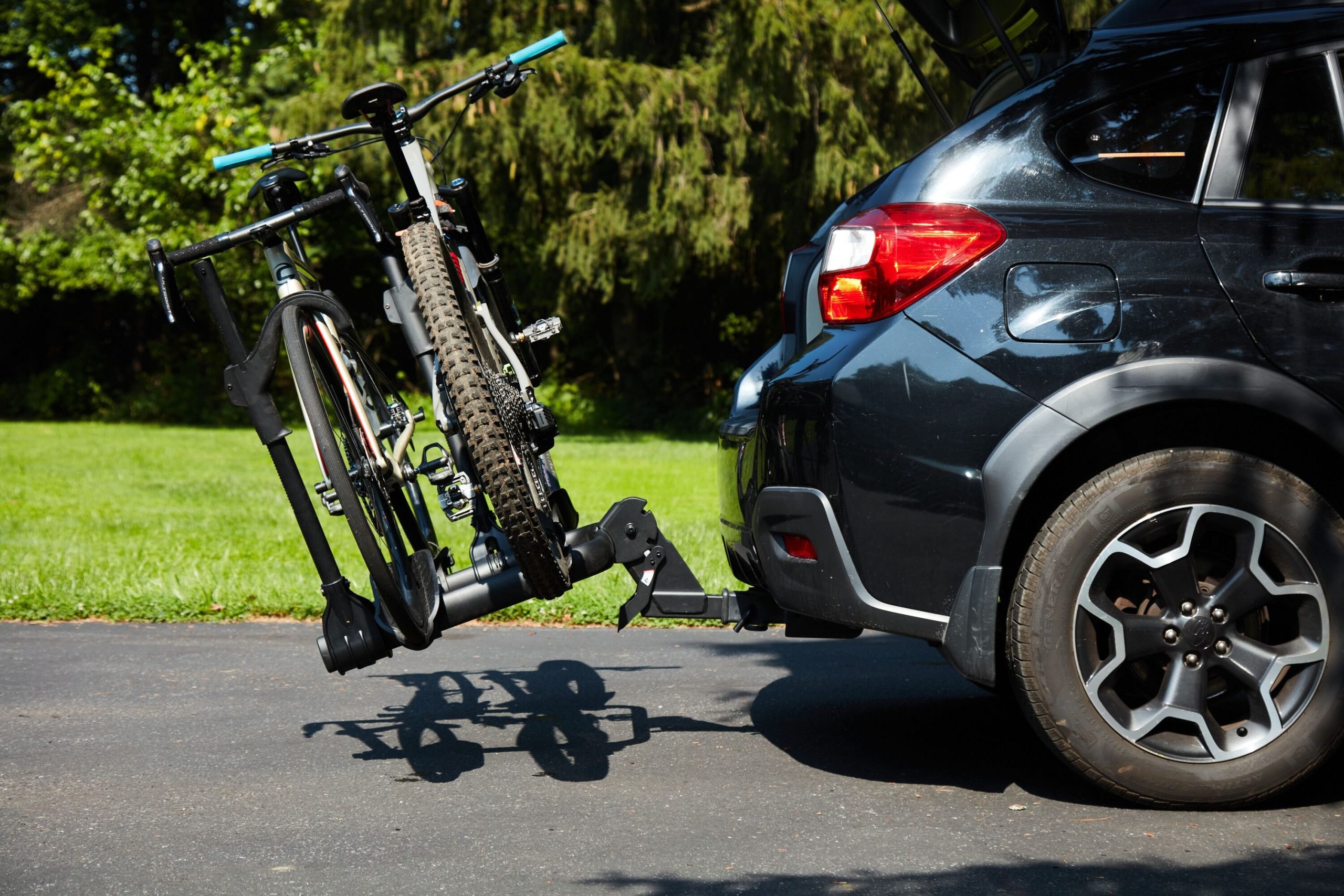
1. Andersen Hitch
The Andersen Hitch is famous for its clever design. People often call it the no-sway hitch because it has special anti-sway technology. Instead of being rigid, it uses a ball-and-socket connection, which lets the tow vehicle and the trailer move more freely. This pattern stops the trailer from swaying and makes the towing feel smoother.
2. Equalizer Hitch
However, the Equalizer Hitch takes a different approach. It uses special bars to spread out the weight of the trailer’s tongue evenly onto the front axle of the towing vehicle. This keeps everything steady and in control when towing, reducing the chance of swaying.
The Cost of Both Hitch
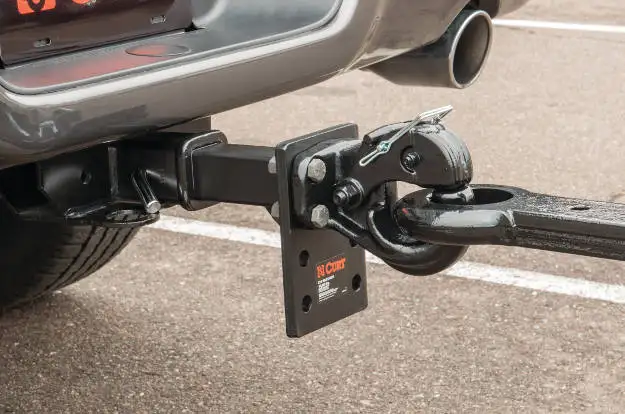
1. Andersen Hitch
The Andersen Hitch is famous for being budget-friendly. It usually costs less than many other weight distribution hitches available. This makes it a good choice for RV and trailer owners who want to save money.
2. Equalizer
The Equalizer hitch is kind of in the middle when it comes to price. It’s not super cheap, but it’s not crazy expensive either. It costs more than the Andersen Hitch, but many people think it’s worth it because it’s well-made and has some nice features.
Conclusion
Both the Andersen Hitch and Equalizer are tools that help make towing safer and smoother. They have some key differences that you should consider when choosing the right one for your towing needs.
The Andersen Hitch is known for its unique design. It’s a great choice for those who want a lightweight and easy-to-install option. However, it may not be suitable for very heavy loads.
The Equalizer Hitch uses traditional bars and brackets to distribute weight evenly. It’s a strong and reliable choice for heavy loads. Remember, safety should always be your top priority when towing.
Whichever hitch you choose, make sure to follow the manufacturer’s instructions and perform regular maintenance. We hope that you will be able to keep your towing safe and enjoyable.

